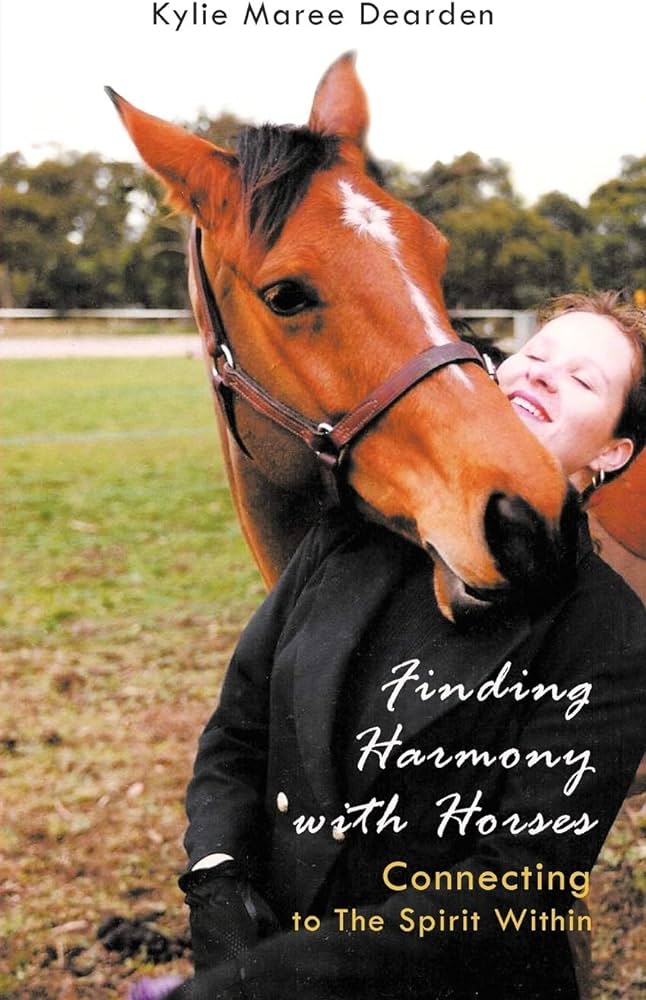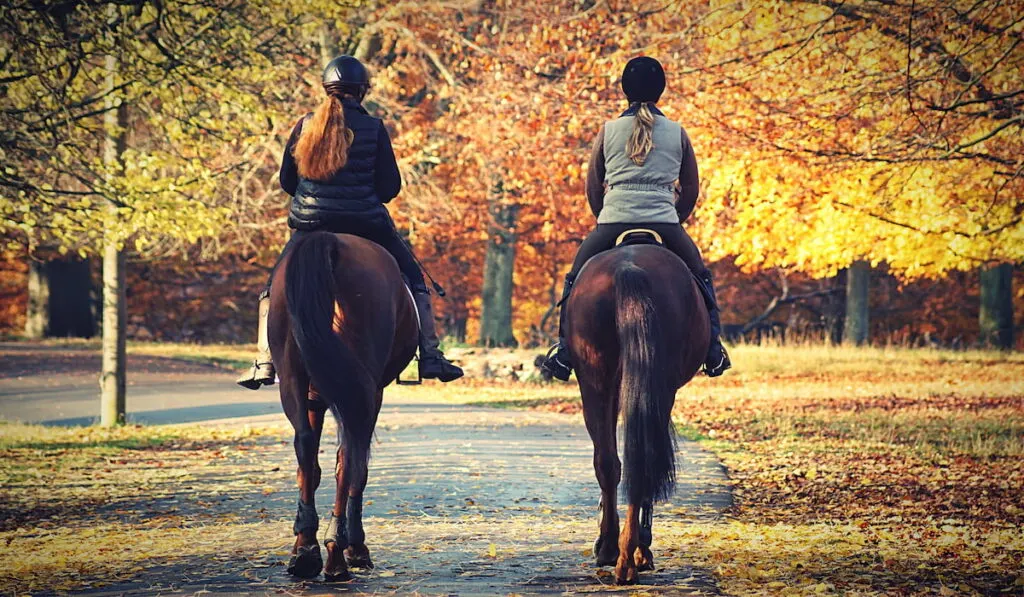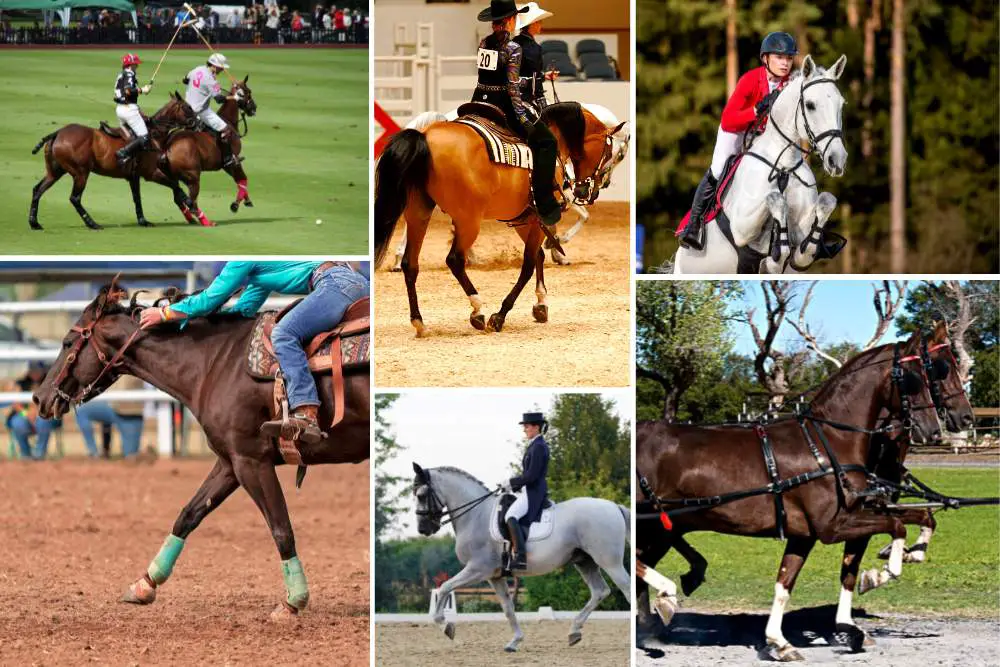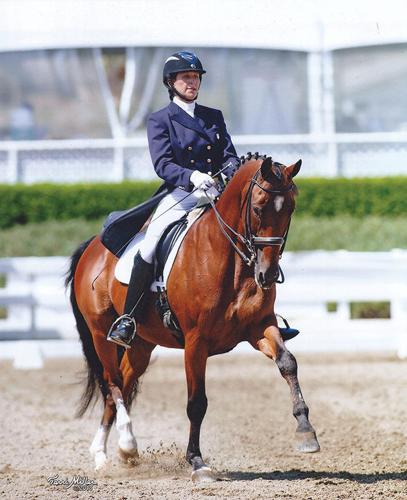Are you interested in the world of horseback riding? Whether you’re a seasoned rider or new to the sport, exploring different riding styles can be an exciting and enriching experience. In this article, we will delve into the world of horseback riding styles, discussing the various techniques and traditions practiced across different cultures. From Western to English, Dressage to Trail Riding, there is a myriad of styles to discover, each with its own unique set of skills and disciplines. So, saddle up and join us on this exploration as we uncover the art of finding harmony with our equine companions.
Finding Harmony: Exploring Horseback Riding Styles
Horseback riding is a popular activity enjoyed by people all over the world. It offers a unique way to connect with nature, build a bond with horses, and experience the joy of riding. There are various styles of horseback riding, each with its own techniques, equipment, and purposes. In this article, we will explore the different styles of horseback riding, including Western Riding, English Riding, Dressage, Show Jumping, Endurance Riding, Trail Riding, Pleasure Riding, Vaulting, Rodeo Events, and Mounted Games.
Western Riding
Introduction to Western Riding
Western riding is known for its deep connection to the cowboy and ranching traditions of the American West. It is characterized by a relaxed and laid-back style, focusing on comfort, stability, and control. Western riding places emphasis on the use of a Western saddle, which is larger and more secure than its English counterpart. It is often used in activities such as ranch work, rodeo events, and trail riding.
Western Riding Equipment
To excel in Western riding, it is important to have the right equipment. The most significant piece of equipment is the Western saddle. This saddle is designed with a deep seat, high cantle, and a horn, which serves multiple purposes such as securing ropes during cattle roping. Western bridles and bits are also different from those used in English riding. Various types of reins, such as split reins and romal reins, are used depending on the rider’s preference and the specific activity.
Western Riding Techniques
Western riding techniques focus on maintaining a balanced and relaxed seat, with the rider’s weight evenly distributed over the horse’s back. The rider’s cues are usually subtle and communicated through the use of leg pressure, weight shifts, and rein aids. Western riders often adopt a “neck reining” technique, where the reins are held in one hand and neck pressure is used to guide the horse. The aim is to achieve harmony and partnership with the horse while performing various maneuvers, such as stopping, turning, and backing up.
English Riding
Introduction to English Riding
English riding originates from European equestrian traditions and is widely practiced in disciplines such as dressage, show jumping, and eventing. It is characterized by an upright and elegant posture, emphasizing communication and finesse between horse and rider. English riding is often seen in formal settings such as horse shows, competitions, and riding lessons.
English Riding Equipment
The key piece of equipment in English riding is the English saddle, which is smaller and lighter compared to a Western saddle. It allows for closer contact between horse and rider, enabling subtle cues and precise movements. English bridles and bits are designed for light rein contact and clear communication. Various types of bits, such as snaffles and Pelham bits, are used depending on the horse’s needs and the rider’s goals.
English Riding Techniques
English riding techniques focus on achieving a balanced and centered seat, with the rider’s weight aligned over the horse’s center of gravity. Riders use direct rein aids, where each hand operates independently, to communicate with the horse. Leg aids are utilized to control speed, impulsion, and lateral movements. The goal is to establish a connection with the horse, enabling precise and coordinated movements while maintaining a harmonious partnership.

Dressage
What is Dressage?
Dressage is a highly skilled and technical form of horseback riding that showcases the horse’s ability to perform a series of precise and intricate movements. It is often referred to as the “highest expression of horse training.” Dressage combines elements of athleticism, elegance, and artistry, demonstrating the horse’s natural movements and the rider’s ability to communicate effectively.
Dressage Movements
Dressage movements include a wide range of exercises, from simple transitions and circles to more advanced exercises such as piaffe, passage, flying changes, and pirouettes. Each movement requires precision, balance, and flexibility from both horse and rider. Dressage tests consist of predetermined sequences of movements, which are judged based on their accuracy, correctness, and expression.
Training for Dressage
Training for dressage involves building a strong foundation and gradually progressing through the levels of difficulty. It requires a deep understanding of the horse’s biomechanics and psychology. Dressage horses are trained to respond to subtle aids, achieve suppleness and engagement, and develop strength and collection. Regular training sessions, under the guidance of a qualified dressage instructor, are essential to develop the necessary skills and ensure the horse’s well-being.
Show Jumping
What is Show Jumping?
Show jumping is an exhilarating and fast-paced equestrian sport that challenges both horse and rider to navigate a series of fences and obstacles within a specified time limit. It requires a combination of athleticism, precision, and bravery. Show jumping competitions are held in arenas, where riders aim to complete the course without knocking down any fences or incurring time penalties.
Jumping Techniques
Show jumping involves various jumping techniques, such as approaching fences at the correct speed and angle, maintaining a balanced seat over the fence, and providing clear and timely aids to the horse. Riders must also anticipate the horse’s movements, adjust their position accordingly, and make quick decisions to navigate complex combinations of obstacles.
Competition Levels
Show jumping competitions are classified into different levels based on the height and complexity of the fences. From grassroots levels to international grand prix events, there are opportunities for riders of all ages and skill levels to participate. Riders progress through the levels by accumulating points or qualifying scores, with the ultimate goal of competing at prestigious events and representing their country at the highest level.

Endurance Riding
What is Endurance Riding?
Endurance riding is a long-distance equestrian sport that tests the horse and rider’s ability to complete a course of 50 to 100 miles in a single day. It emphasizes the horse’s stamina, soundness, and recovery capabilities, as well as the rider’s horsemanship skills. Endurance rides take place in diverse terrains, including deserts, forests, and mountains, and require careful planning and strategic management.
Endurance Riding Competitions
Endurance riding competitions are divided into several categories, ranging from introductory rides to international championships. The rides are organized into legs or loops, with mandatory vet checks to ensure the horse’s well-being and soundness throughout the event. Riders must pace their horses, monitor their hydration and nutrition, and navigate the course within a specified time frame.
Training for Endurance Riding
Training for endurance riding involves gradually building the horse’s fitness and conditioning levels. Riders focus on developing the horse’s cardiovascular endurance, strengthening their muscles, and improving their overall soundness. Training rides, conditioning exercises, and proper nutrition play a crucial role in preparing the horse for the demands of endurance riding. Regular veterinary check-ups and consultations with experienced endurance riders are essential for a successful partnership in this challenging discipline.
Trail Riding
Benefits of Trail Riding
Trail riding offers a wonderful opportunity to explore nature, enjoy scenic landscapes, and experience a sense of freedom and adventure on horseback. It provides a break from the more structured and competitive aspects of equestrian sports. Trail riding allows riders to bond with their horses and develop trust while navigating varying terrains, encountering wildlife, and enjoying the tranquility of the great outdoors.
Trail Riding Safety
When embarking on a trail ride, safety should always be a top priority. Riders should ensure they have suitable equipment, including a well-fitted helmet, sturdy footwear, and appropriate attire. It is also advisable to ride with a companion or inform someone of the intended route and estimated time of return. Familiarizing oneself with the trail, carrying essential supplies, and practicing good horsemanship are essential for a safe and enjoyable trail riding experience.
Choosing the Right Trail
Selecting the right trail for a riding adventure depends on various factors, such as the rider’s experience level, the horse’s abilities and temperament, and the desired duration and difficulty of the ride. Some trails are designed for beginners or leisurely rides, while others cater to more experienced riders seeking challenging terrains or longer distances. Local resources, online trail directories, and recommendations from fellow riders can help in finding suitable trails that align with specific preferences and goals.

Pleasure Riding
What is Pleasure Riding?
Pleasure riding, also known as recreational riding, is a leisurely form of horseback riding focused on relaxation, enjoyment, and stress relief. It allows riders to escape from the demands of everyday life and simply savor the experience of being on horseback. Pleasure riding can be done in various environments, such as open fields, woodland trails, or beach settings.
Pleasure Riding Tips
To fully enjoy a pleasure ride, it is important to ensure the comfort and well-being of both the horse and the rider. Riders should choose appropriate tack and equipment that promotes relaxation and minimizes discomfort. It is advisable to start with short rides and gradually increase the duration and intensity to avoid overwhelming the horse. Taking breaks, hydrating, and listening to the horse’s needs are essential for a pleasant and rewarding pleasure riding experience.
Enjoying the Ride
Pleasure riding presents an opportunity to connect with nature, bond with the horse, and experience the simple joy of riding. Riders can enjoy the sights and sounds of the surrounding environment, appreciate the rhythmic movement of the horse, and let go of any stress or worries. Whether riding alone or in the company of fellow riders, the focus is on relaxation, exploration, and cherishing the unique bond between horse and rider.
Vaulting
Introduction to Vaulting
Vaulting is a captivating combination of gymnastics and horseback riding. It involves performing a variety of acrobatic and dance-like movements on the back of a moving horse. Vaulting showcases the strength, coordination, and balance of both the vaulter and the horse, as they work together to execute breathtaking routines.
Vaulting Movements
Vaulting movements range from simple poses and balances to more complex maneuvers such as handstands, flips, and intricate patterns. Vaulters perform these movements individually or in groups, often accompanied by music. The horse, guided by a longeur, maintains a steady and controlled rhythm, enabling the vaulters to execute their movements safely.
Vaulting Competitions
Vaulting competitions can be team-based or individual, with participants judged on their technical skills, creativity, and harmony with the horse. Teams combine elements of synchronization, choreography, and creativity to create captivating routines. Vaulters at all levels have the opportunity to compete locally, nationally, and internationally, showcasing their talent and dedication to this unique discipline.

Rodeo Events
Rodeo Riding Disciplines
Rodeo riding encompasses a variety of thrilling and adrenaline-pumping events showcasing the skills of both the rider and the horse. Some popular rodeo riding disciplines include bull riding, saddle bronc riding, bareback bronc riding, and steer wrestling. Each event requires courage, athleticism, and exceptional horsemanship.
Rodeo Events Overview
Rodeo events typically take place in an arena or rodeo ground and attract spectators from all walks of life. Bull riding challenges riders to stay on a bucking bull for a set period, showcasing skill and bravery. Saddle bronc and bareback bronc riding involve riding untrained horses, showcasing the rider’s ability to control and stay in the saddle while the horse bucks. Steer wrestling requires the rider to dismount from a running horse, grab a steer by its horns, and wrestle it to the ground within a specific time frame.
Rodeo Riding Techniques
Rodeo riders utilize a combination of strength, balance, and timing to excel in their respective events. They must establish a strong connection with their horse, anticipate their movements, and react quickly to maintain control. Training and conditioning play a crucial role in preparing both the horse and rider for the rigors of rodeo riding, ensuring their safety and performance in the arena.
Mounted Games
What are Mounted Games?
Mounted games combine elements of athleticism, speed, and teamwork in a fast-paced and exciting equestrian discipline. Participants compete on horseback, performing various challenging tasks and games that test their agility, precision, and teamwork. Mounted games are often seen at horse shows, fairs, and sporting events, captivating audiences with their energy and skill.
Popular Mounted Games
There are many different mounted games played worldwide, such as flag race, barrel racing, pole bending, and mug shuffle. In flag race, riders race against the clock while picking up and delivering flags to designated locations. Barrel racing involves navigating a series of barrels in a cloverleaf pattern, showcasing the horse’s agility and the rider’s ability to make tight turns. Pole bending requires the horse and rider to weave through a line of poles in a zigzag pattern, testing their speed, control, and coordination.
Skills Required for Mounted Games
Mounted games demand a high level of horsemanship, agility, and responsiveness from both the horse and rider. Riders must have good balance, quick reflexes, and effective communication with their horse to successfully complete the games. Building a strong partnership with the horse, practicing precision movements, and developing physical fitness are essential for excelling in mounted games.
In conclusion, horseback riding offers an array of styles and disciplines to cater to various interests and aspirations. Whether you prefer the laid-back and rustic feel of Western riding, the elegance and precision of English riding, the artistry of dressage, the adrenaline rush of show jumping or rodeo events, the endurance challenges of long-distance riding, the serenity of trail and pleasure riding, the acrobatics of vaulting, or the speed and agility of mounted games, there is a horseback riding style that can capture your heart and provide endless enjoyment. So saddle up and embark on an exciting equestrian journey, finding harmony and connection with these incredible animals.

